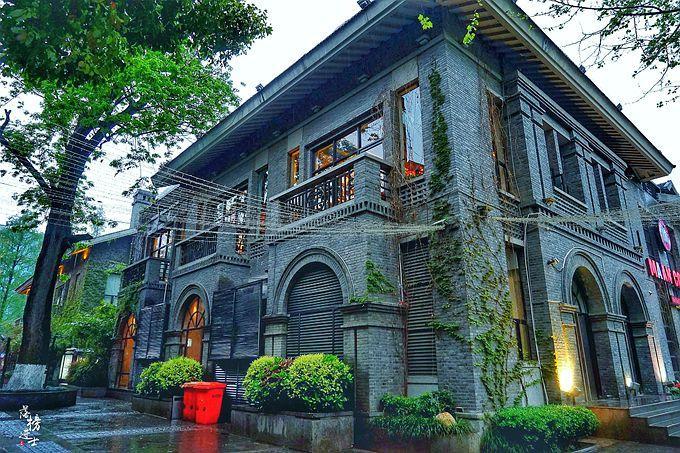Main body:
As the capital city of Jiangsu Province, Nanjing enjoys a superior geographical location. The ancient people once called it “the residence of the emperor”, and in history, Nanjing was once “the capital city of ten dynasties”. As a famous historical and cultural city in China, Nanjing has a profound cultural heritage, especially during the 22 years serving as the capital of the Republic of China, the culture has left traces in many tangible and intangible forms. In this city, there scatters government agencies, institutions of higher education, foreign embassies, residence of celebrities, places for leisure and entertainment, etc., which are all of distinct Republic of China style. From the architecture, as well as the historical facts behind it, we can see the style of city during that period. The period of the Republic of China is important to the historical city Nanjing and plays an important role of its images and style. All tourists to Nanjing should visit the architecture of Republic of China style and explore the stories behind it, to truly get closer to this “City of Bo Ai (Love)” with majestic history.
The year 1912 was the first year of the Republic of China. On the New Year’s Day that year, Mr. Sun Yat-sen sworn to serve as the interim president of the Republic of China and established the interim government to set out everything. The Presidential Palace was located at No. 292 Changjiang Road, Xuanwu District, Nanjing City. As the largest and most well-preserved building complex in the remains of modern Chinese architecture, it is also one of the typical examples of buildings during the Republic of China period. In addition, it is now the China Modern History Relic Site Museum.
The Presidential Palace complex covers an area of 50,000 square meters. There is Jiangnan Gardens, which is of traditional Chinese style, and also the architectural legacies from the west during the period when “east meets the west”. Up until now, it has over 600 years of history. The history of the Presidential Palace can be dated back to the beginning of the Ming Dynasty. At that time, it was called “Gui De Hou Fu” and “Han Wang Fu”. In the Qing Dynasty, this place was designated as Jiangning Weaving Bureau and the office of the General Governor of Liangjiang Area. Emperor Kangxi and Qianlong used this place as residence for their tour in the south. Taiping Rebellion set Nanjing (then Tianjing) as the capital city and extended the palace for House of Tianwang. It hasn’t been renovated as “Presidential Place” until Mr. Sun Yat-sen swore here to serve as the interim president of the Republic of China.
1912 Block
Nanjing 1912 Block, which consists of 19 buildings of the Republic of China style, is a featured business block built near the Presidential Palace. Nowadays, these buildings have been renovated into characteristic bars, restaurants, and cafes, etc., all with elegant and comfortable environment.
During the period of the Republic of China, this 1912 Block was the place where “China meets the West” by gathering the most prominent politicians and scholars in the city. At that time, both the buildings and the social customs combine Chinese and Western styles, which was inherited till today. This has given rise to the nostalgic feel of the 1912 Block, offering a special experience for commercial activities and fashion shopping here.
 Sun Yat-sen Mausoleum Music Stage
Sun Yat-sen Mausoleum Music Stage
Sun Yat-sen Mausoleum Music Stage is located in the southeast of Sun Yat-sen Mausoleum Square in Zhongshan Scenic Area, Nanjing City. It was first built in 1932 with the purpose of organizing music performances for ceremonies and assembly speeches. How the Stage leverages the natural environment and designs the layout and façade is very much similar to that of ancient Greek architecture. As for the details of walls and the podium, it adopts the methods of traditional Chinese gardens of Jiangnan style. In this way, it turns out to be the spacious and magnificent stage but with exquisite artistic carvings and decorations, achieving the harmony and unity between the nature and the architecture. Sun Yat-sen Mausoleum Music Stage is an elegant piece of architecture, which is worthy of a well-planed and detailed visit.
